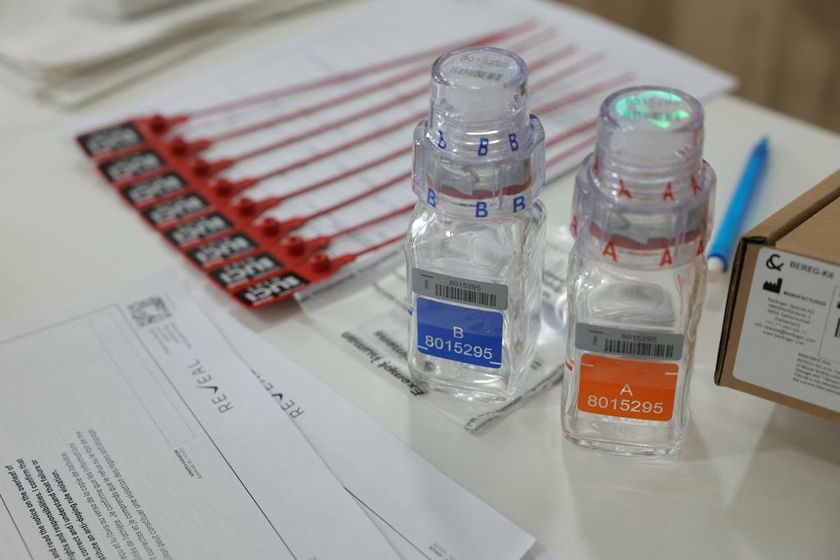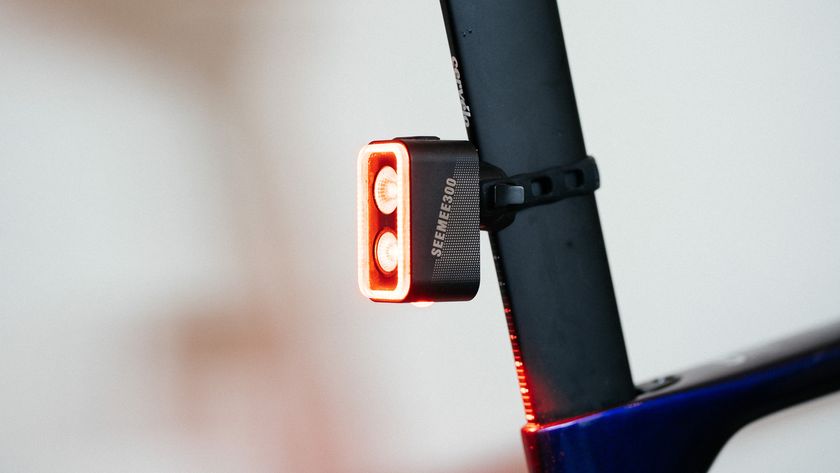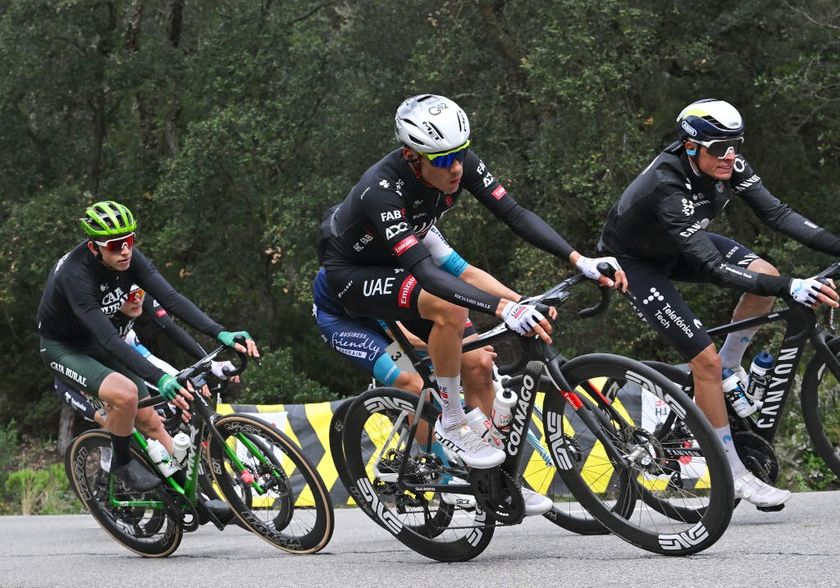Vuelta a Espana confirms its brutal reputation as details of mountain finishes emerge
Double-digit climbs of Northern Spain expected to pack race route








With the final route of the 2018 Vuelta a Espana set to be announced on January 13, more and more details of the parcours are starting to emerge. If the reports and rumours prove to be true, the 2018 Vuelta will again feature numerous steep mountain finishes, confirming its brutal reputation. The 73rd edition of the Vuelta a Espana will be held between August 25 and September 16.
We know for certain that next year’s Vuelta will start in Malaga in the south of Spain. For the first time since 2009, the Vuelta a Espana will kick off with an individual time trial instead of a team time trial.
It has been dubbed the museum stage, with the riders setting off from the Centre Pompidou right on the Malaga sea-front before heading around the historical streets and past the plentiful cultural sights that Malaga boasts. At 10 kilometres, it is not strictly a prologue and the coastal route will provide some early challenges, as will the small section of marble near the finish line.
Malaga will play host to two further stages before waving off the peloton at the start of stage 4. A finish at Caminito del Rey gorge looks almost certain in the opening week. The climb of Alto de la Mesa is just 2.5 kilometres but it has some steep ramps that could provide a platform for an attack. An expected start in the Murcian town of Puerto Lumbreras may also come in the first week.
At the same time as confirming the details of the opening stage in Malaga, race director Javier Guillen admitted that “we are once again betting on uphill finishes.” He added that there would be anywhere between eight and 10 uphill finishes, with at least two new to the Vuelta a Espana.
One such new addition is the Basque Monte Oiz climb near Bilbao, which is expected to feature in the final week. Bilbao-based newspaper El Correo speculated that it could even be the decisive summit on the penultimate stage. Monte Oiz, which has been dubbed the “new Angliru” is a 15-kilometre ascent that features a highly irregular gradient that averages six per cent but goes as high as 25 per cent and reaches an altitude of 1000 metres at the top.
The toughest parts come at the very start and in the final two kilometres and could do some serious damage to the hopes of many general classification riders. It has a mixture of tarmac and concrete on the road to the top. In February 1985, Monte Oiz was the scene of an airplane crash that killed all 148 people on board.
Get The Leadout Newsletter
The latest race content, interviews, features, reviews and expert buying guides, direct to your inbox!
Before reaching the Basque country, the 2018 Vuelta is expected to visit the west of Spain with a trip to the Castilla y Leon region at the end of the opening week of racing. Local media has reported that the second Sunday of the race (September 2) will feature a summit finish at La Covatilla ski station. The peloton will then stay in Salamanca for the rest day before departing from the city on stage 10.
La Covatilla has been a part of four editions of the Vuelta a Espana and last featured in 2011 when Dan Martin bested Bauke Mollema to take the stage win. At over 2000 metres of altitude it will be a stern early test for the whole peloton and a potentially explosive end to the opening week.
Further north, a visit to La Camperona near Sabero is expected. It is a narrow, twisting ascent that hits gradients of 20 per cent. In 2016, when the climb made its second appearance, the organisers chose a flat run in before an explosive ride up La Camperona. Sergey Lagutin took stage honours on that day with Nairo Quintana moving into the race lead.
As the race moves across the north of Spain, a trip to Picon Blanco in Burgos appears to be on the cards. Mikel Landa cemented his overall victory at the Vuelta a Burgos this year with a stage win on the northern ascent.
There have been several other potential climbs rumoured in the Spanish press, including up to the Javalambre Astrophysical Observatory in Teruel, close to Valencia, and Les Praeres de Nava in Asturias. The latter is looking increasingly likely to be the second new finish, alongside Monte Oiz, according to the Asturian publication El Comercio.
It is a climb of five kilometres that averages 13.5 per cent with ramps of up to 20 per cent. However, it has not yet been confirmed as the local authorities continue to plan out the route and La Farrapona is another potential summit finish.
Authorities have also not counted out a visit to the picturesque Lagos de Covadonga, with reports of a testing Asturian triptych.
The final route of the Vuelta a Espana will be announced in Malaga on January 13, 2018.









